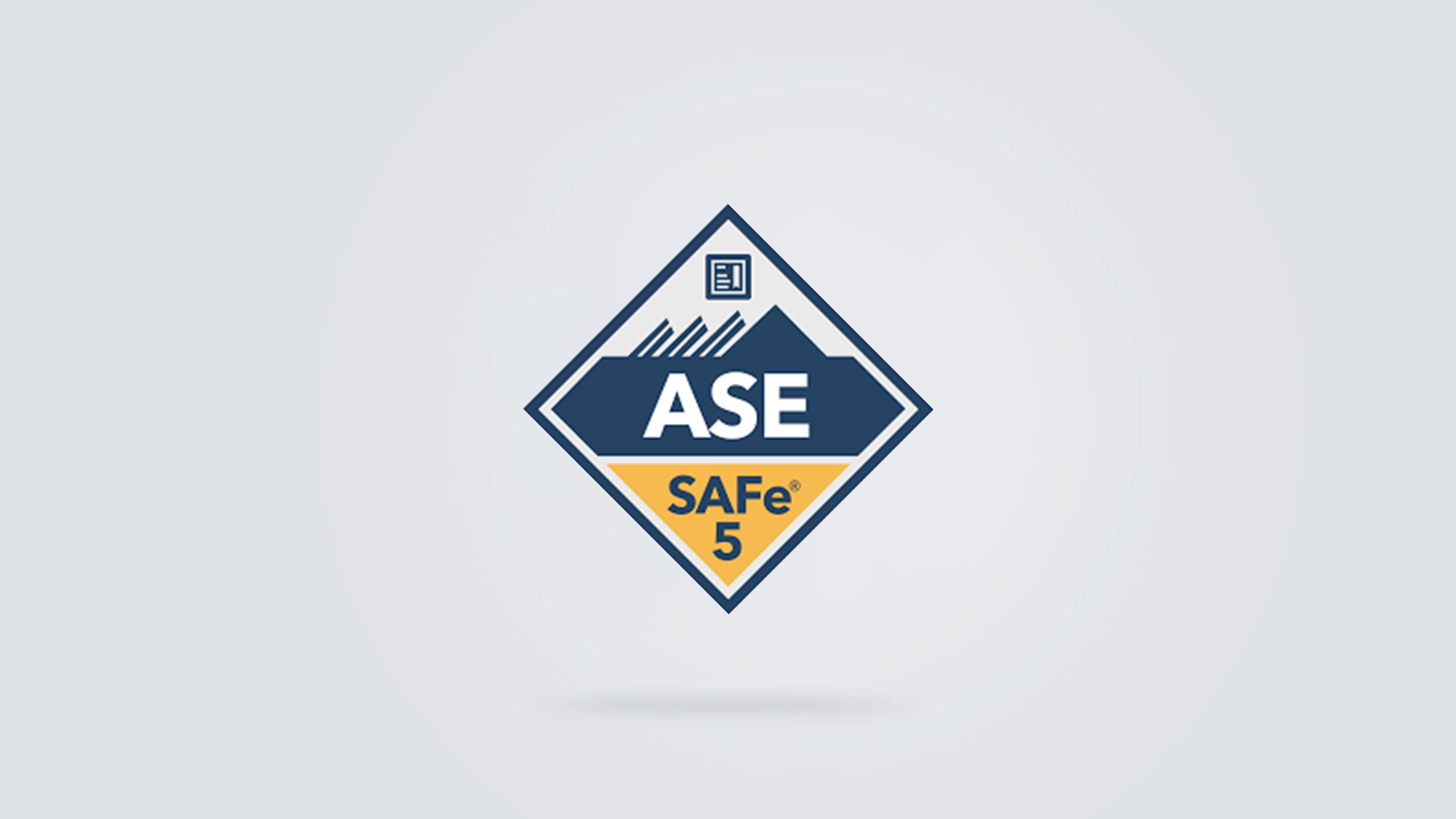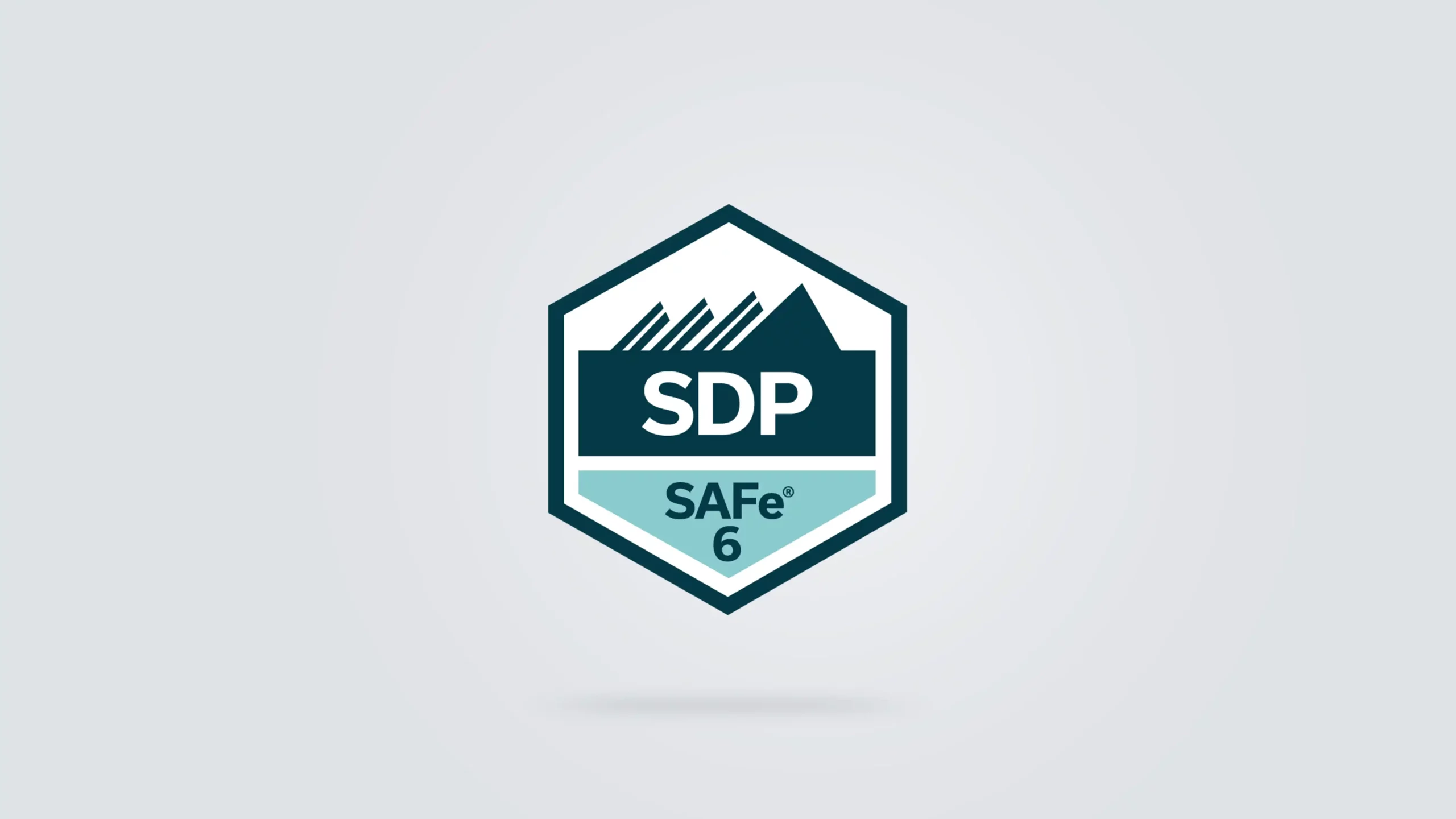Why SAFe DevOps Certification Is a Must-Have for Agile Professionals
Wiki Article
Master Agile Practices Via Comprehensive SAFe Qualification
In an increasingly intricate organization landscape, understanding Nimble techniques through detailed SAFe accreditation has arised as a crucial expertise for professionals aiming to enhance business efficiency. As companies seek to browse the challenges of quick adjustment, the application of SAFe concepts supplies a pathway to enhanced results.Comprehending SAFe Structure
The SAFe (Scaled Agile Structure) framework works as an organized strategy for carrying out Active practices at scale throughout big companies. It provides a comprehensive approach that aligns the numerous levels of an organization, from group to portfolio, ensuring that all components function cohesively towards common objectives. SAFe incorporates principles from Agile, Lean, and item advancement flow, offering a distinct set of duties, roles, and methods.At its core, the SAFe structure consists of four levels: Team, Program, Huge Option, and Profile. Each degree addresses certain aspects of Nimble delivery, from taking care of tiny teams of designers to looking after several programs and aligning calculated campaigns with business purposes.
SAFe motivates cooperation among cross-functional teams, promoting a setting where continual improvement and advancement are paramount. Leading SAFe. By stressing placement, transparency, and built-in high quality, the structure outfits companies to respond promptly to market changes while delivering value to customers
Moreover, SAFe sustains various methods, such as Scrum and Kanban, allowing companies to customize their method according to certain task requirements. This flexibility makes SAFe a robust framework for companies aiming to flourish in a quickly progressing business landscape.

Benefits of SAFe Accreditation
Frequently demanded in the Agile neighborhood, SAFe accreditation uses countless advantages for professionals and companies alike. Among the main advantages is the enhancement of abilities and expertise in implementing the Scaled Agile Framework (SAFe), which equips people with the tools needed to drive effective Agile makeovers. This accreditation signals a dedication to specialist growth, making candidates extra affordable in the task market.For companies, having actually licensed specialists cultivates a culture of continuous enhancement and collaboration, crucial for adapting to altering market needs. It makes it possible for groups to align their deal with strategic goals, eventually boosting efficiency and effectiveness. Firms with a greater percentage of SAFe-certified workers often experience lowered time-to-market and enhanced high quality of deliverables.
In addition, SAFe certification facilitates networking opportunities with various other Agile specialists, allowing the exchange of ideal methods and experiences (SAFe Lean Portfolio Management). This collective network can considerably add to business and personal development. In recap, obtaining SAFe qualification not only improves specific capacities but likewise strengthens the general Agile maturity of a company, leading to lasting success in today's dynamic business environment
Key Components of SAFe
Structure on the advantages of SAFe qualification, understanding the crucial components of the Scaled Agile Structure is essential for properly executing its principles. The SAFe structure makes up four key degrees: Team, Program, Large Solution, and Portfolio. Each level addresses different elements of active practices, facilitating positioning and distribution throughout the organization.At the Group level, cross-functional groups function collaboratively using Active approaches, such as Scrum or Kanban, to supply incremental worth (SAFe For Architects). The Program degree concentrates on the Agile Release Train (ART), which is a long-lived team of Agile teams that prepares, dedicates, and carries out with each other. The Big Option degree addresses complicated solutions that call for several ARTs Our site to work in show, ensuring control and assimilation
Planning For SAFe Certification
Preparing for SAFe accreditation needs a critical method to guarantee a comprehensive understanding of the structure. Acquaint yourself with the core concepts and worths of the Scaled Agile Structure (SAFe) Review sources provided on the Scaled Agile website, consisting of the SAFe structure documents, instance researches, and whitepapers, to develop a strong foundation.
In addition, experiment example examination questions to familiarize on your own with the format and sorts of questions you might encounter. Joining research groups or online forums can facilitate understanding exchange and provide support from fellow prospects.
Using SAFe in Organizations
Executing the Scaled Agile Structure (SAFe) within companies necessitates a structured strategy that aligns teams and processes towards an usual goal. The successful application of SAFe starts with developing a clear understanding of its concepts, including openness, collaboration, and alignment. Organizations has to first assess their current processes and identify areas for enhancement, ensuring they await the social shift that SAFe involves.Training and accreditation for teams help equip participants with the essential abilities and understanding to operate effectively within the SAFe structure. This consists of establishing Agile Release Trains (ARTs), which offer as the backbone for delivering worth across the organization.
Normal preparation sessions, such as Program Increment (PI) planning, need to be performed to synchronize teams and prioritize job. Furthermore, leveraging metrics to measure progression and performance is essential for ongoing improvement. By consistently using SAFe principles and techniques, organizations can achieve better dexterity, improve collaboration, and ultimately drive much better business end results. Welcoming this structure settings organizations to the original source react swiftly to market adjustments and customer requirements.
Verdict
In conclusion, understanding Active methods through thorough SAFe qualification substantially improves professional capacities and contributes to organizational effectiveness. The expertise acquired from understanding the SAFe structure, along with its vital elements, improves and facilitates successful transformations cooperation among groups.
The SAFe (Scaled Agile Framework) framework offers as a structured approach for carrying out Agile techniques at scale across huge organizations. One of the key benefits is the improvement of skills and understanding in implementing the Scaled Agile Framework (SAFe), which outfits individuals with the devices necessary to drive successful Agile changes. In recap, obtaining SAFe accreditation not just enhances private capacities but likewise reinforces the overall Agile maturation of a company, leading to sustainable success in today's dynamic service setting.
Building on the advantages of SAFe accreditation, comprehending the crucial parts of the Scaled Agile Framework is important for successfully applying its principles.Executing the Scaled Agile Framework (SAFe) within companies requires an organized approach that aligns teams and processes toward a typical objective.
Report this wiki page